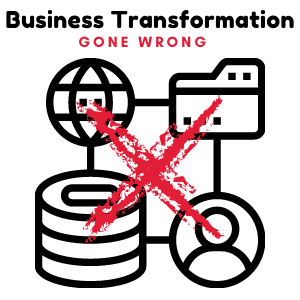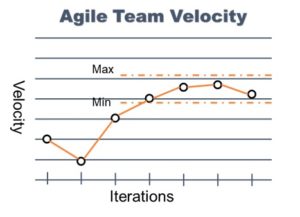We hear about a lot of companies undergoing organizational change today for many different reasons. These reasons include, but are not limited to, improving operations, turning around or restructuring divisions (or business) to help reach the “strategic objectives”. However, it all comes down to facilitating a change in the way PEOPLE work within a given organization.
When I thought about this phenomenon, I started to ponder over my own attitude towards change. As a kid, I was excited by change whether it is something as small as a new route to school or rearrangement of furniture at home. That being said, my parents were a lot less excited about these changes. I remember, we used to move around furniture in summers to make room for an old school heater that was affixed in the wall. When I would come back home in summer, one day, the house would look different – to me, everything looked different … something new and fresh. However, it was a chore for my parents and they avoided it until they absolutely had to take action. The point of me droning on with this story is to indicate that human beings are complex; they are motivated by different things and have different attitudes towards change. Interestingly, my parents would be a lot more motivated to make the change when I offered to help – perhaps, that was a motivator for them. The point to note here is that people who are not excited about the change are not always opposed to it – they just need something that motivates them to make the change. This same scenario could also be applied to corporations and organizations around the world but as you can imagine, the complexity is exponentially increased due to the mere number of people impacted by the change. So the million-dollar question is … what’s the best way to bring about a change in an organization? Well, there is no simple answer .. but there are a few guidelines that can certainly help you find the right answer.
Based on my experience, it is important to treat people as human beings rather than mere corporate resources. What does that mean? People like to provide input, interact, socialize, convey their viewpoints, and they certainly liked to be acknowledged. Unfortunately, not many organizations today involve the right people at the right time, resulting in major resistance when the change is implemented. My personal experience working for/with companies that underwent major changes has been that the top-down mandate to bring about a specific change without proper input usually results in catastrophic failure. This is not to say that the senior leadership has to ask for input prior to taking every decision; it means that they still need to set the vision for the organization and then let the employees figure out an appropriate way to achieve that vision. Again, I want to be careful when I make this statement; this does not give employees the license to go haywire and make individual plans that do not contribute to the collective plan and vision. Therefore, strong leadership is necessary for changes to be implemented within an organization. The leadership needs to provide employees an opportunity to give input, discuss different viewpoints, negotiate, and feel like a part of the overall change. This is crucial for the success of the organization!
I will end this blog with one last note … Everything that I wrote above is common knowledge but it is easy for otherwise brilliant people to dismiss, downplay or ignore the complex yet critical human component in large organizational transformations due to loss of perspective.

3 Common Challenges with Agile Transformations
Over the years, I have been exposed to several “Agile transformations” within the private and public sectors. I had the honor of leading three of








